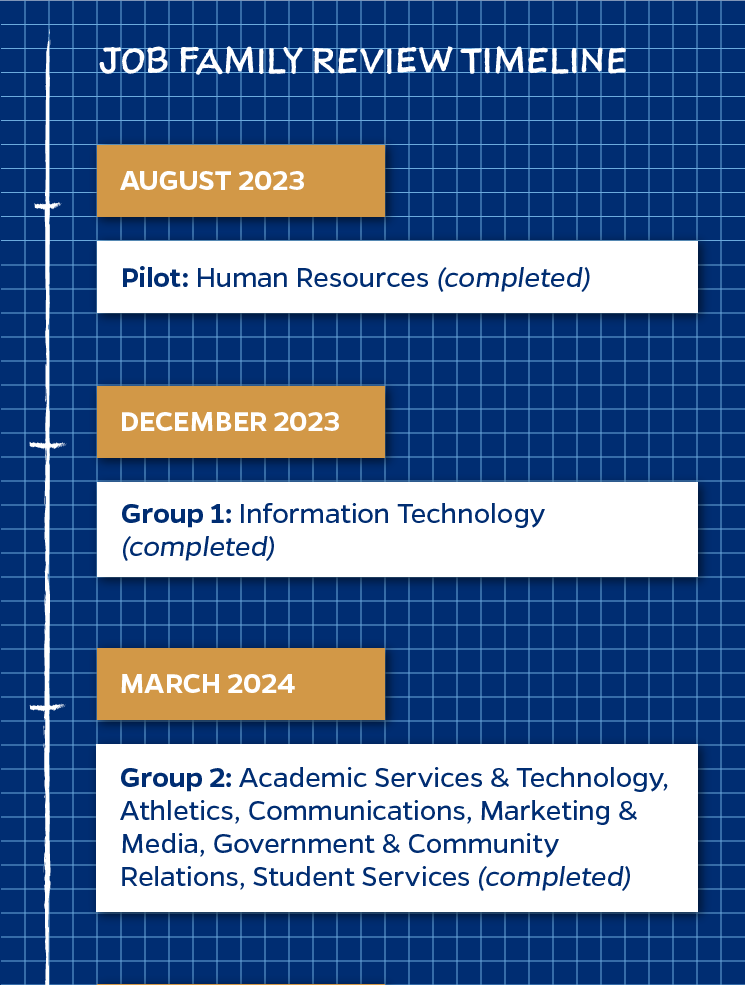Executive Sponsors
This group provides overall strategic direction for the project, approves implementation plans, and meets monthly.
- Laurent Heller, SVP Finance & Administration | Office of the President
- Meredith Stewart, vice president for Human Resources | Johns Hopkins University
- Ellen MacKenzie, dean | Bloomberg School of Public Health
- Camille Johnston, vice president for Communications | Johns Hopkins University
Advisory Committee
This group provides leadership for the strategy of the implementation and direction on project-related business issues for their respective areas, ensures standardization is established where possible, assists with change management, and meets once a month.
- Katrina Caldwell, vice provost and chief diversity officer | Office of Diversity and Inclusion
- Kathy Forbush, executive director of Talent Management | Central Human Resources
- Jackson Ireland, executive vice dean for Finance & Administration | Bloomberg School of Public Health
- Matthew Nesbitt, VP Financial & Administrative Systems | IT@JH
- Fernanda Pio Roda, sr. associate dean, Finance & Operations | School of Education
- Sam Wilson, associate dean, Finance & Administration | Peabody Institute
- Mary O’Connell, associate vice provost, Finance and Administration | Johns Hopkins University
Core Project Team
This group provides day-to-day project management, supports job definition and mapping teams’ work, and provides regular updates to the Advisory Committee and university leadership.
- Jenny Winter (Functional Lead), director of HR-Compensation | Central Human Resources
- Monica Kim (Internal Project Management and Functional Subject Matter Expert [SME]) | HR-Compensation
- Alina Smith (Project Management) | Central Human Resources
- Project Staff: Compensation Team (6), Amy Murphy and Organizational Development Team
- Ashley Cheatham (Communications) | Central Human Resources
- Tina Cole (Learning) | Talent Management
- Dow Weeks and Karen Satchell (IT) | IT@JH Enterprise Business Solutions
Job Definition and Mapping Teams
This group participates in a series of meetings to define roles, levels, skills, and competencies.
- Job Family / Sub-Family SMEs
- HR Business Partner Lead(s)
- Compensation Team Leads(s)
- Organizational Development Team Lead(s)
- Mercer Consultant(s)


